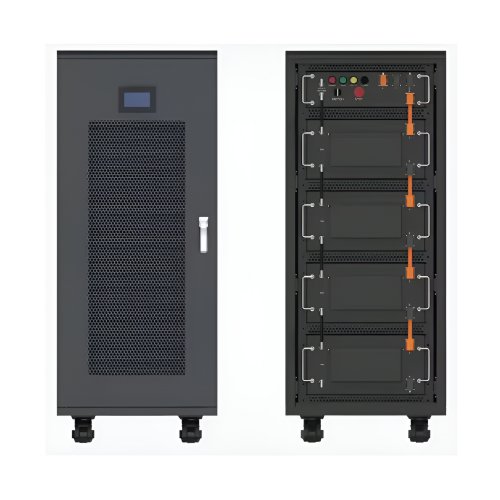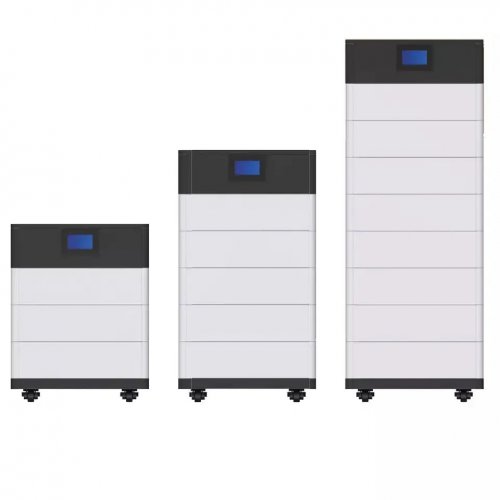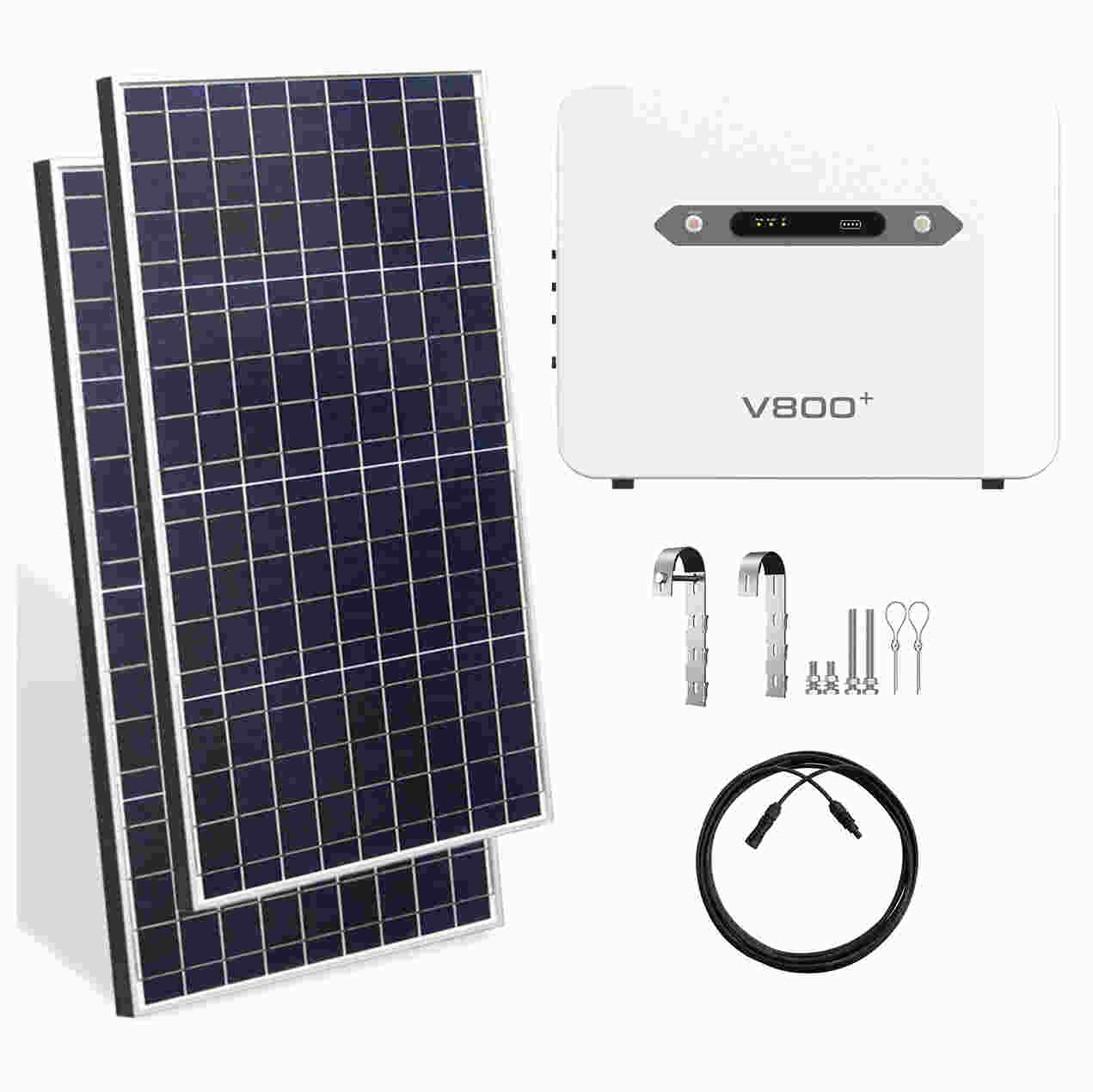Advances In Recycling Processes: Technological Innovations And Future Pathways
The global waste crisis, exacerbated by increasing consumption and linear economic models, has thrust recycling processes into the spotlight as a critical component of the circular economy. Recent years have witnessed a paradigm shift, moving beyond traditional mechanical methods towards sophisticated, technology-driven approaches that enhance efficiency, material purity, and economic viability. This article explores the latest research breakthroughs, emerging technologies, and future directions shaping the field of recycling.
1. Breaking the Plastic Bottleneck: Advanced Sorting and Chemical Recycling
The recycling of complex plastics, particularly multi-layer packaging and mixed polymer streams, remains a significant challenge. Conventional mechanical recycling often leads to downcycling due to polymer degradation and contamination. A major technological breakthrough has been the advancement of sensor-based sorting. Near-infrared (NIR) spectroscopy, hyperspectral imaging, and robotic AI sorters have dramatically improved the accuracy and speed of separating plastics by polymer type and color. For instance, recent implementations of deep learning algorithms allow these systems to learn and adapt to new waste streams in real-time, achieving purity levels exceeding 98% for target polymers (Kaiser et al., 2022).
Beyond sorting, chemical recycling (or advanced recycling) has emerged as a game-changer for dealing with contaminated and mixed plastics that were previously deemed non-recyclable. Pyrolysis, gasification, and depolymerization (such as enzymolysis and glycolysis) break down plastics into their molecular building blocks (monomers) or valuable chemical feedstocks. A landmark study demonstrated a novel enzyme-based depolymerization process for polyethylene terephthalate (PET). Engineered enzymes, identified from microbial communities in waste sites, can depolymerize PET back to its pure monomers at an unprecedented rate and under ambient conditions, making the process highly energy-efficient (Bell et al., 2022). This creates a closed-loop system where new, virgin-quality PET can be produced from waste, effectively eliminating the need for new petroleum-derived feedstock.
2. Urban Mining: Recovering Critical Metals from E-Waste
The rapid growth of electronic waste (e-waste) represents both an environmental threat and a valuable source of critical raw materials like lithium, cobalt, gold, and rare earth elements. Traditional hydrometallurgical and pyrometallurgical processes for metal recovery are often energy-intensive and generate toxic byproducts. Recent research focuses on developing more selective and greener extraction techniques.
Bioleaching, which uses specific microorganisms to leach metals from shredded e-waste, has shown great promise. Researchers have successfully isolated bacterial strains that are highly effective at extracting copper and gold from printed circuit boards, offering a low-energy, environmentally benign alternative to smelting (Işıldar et al., 2023). Furthermore, solvent extraction has seen innovations with the design of task-specific ionic liquids. These designer solvents can selectively bind to target metal ions in a complex leachate, allowing for the highly pure and efficient recovery of individual metals like cobalt and neodymium from battery and magnet waste, respectively (Orefice et al., 2023).
3. Overcoming Composite Challenges: Fiber-Reinforced Polymers and Batteries
Recycling composite materials, such as carbon fiber-reinforced polymers (CFRPs) and lithium-ion batteries (LIBs), is particularly complex due to their heterogeneous nature. For CFRPs, new thermal processes like pyrolysis in an inert atmosphere are being optimized to cleanly separate the valuable carbon fibers from the polymer matrix without damaging their structural integrity. The reclaimed fibers can then be reused in new composite materials for automotive and aerospace applications, reducing lifecycle energy consumption by over 50% compared to virgin carbon fiber production (Witik et al., 2022).
In the realm of LIB recycling, a direct cathode recycling method is gaining traction. Instead of breaking down batteries into their constituent elements, this method involves carefully separating and regenerating the cathode material. Through techniques like eutectic salt leaching and electrochemical relithiation, the degraded cathode chemistry (e.g., NMC - Lithium Nickel Manganese Cobalt Oxide) can be restored to its original performance state. This process conserves the high-value embedded energy and materials of the cathode, making it far more economical and sustainable than traditional smelting (Dunn et al., 2023).
Future Outlook and Challenges
The future of recycling lies in smart, integrated systems. The concept of "smart recycling" will leverage the Internet of Things (IoT), where waste bins and products embedded with sensors provide real-time data on material composition, enabling dynamic optimization of collection and sorting logistics. Digital product passports (DPPs), which detail a product's materials and disassembly instructions, are also poised to revolutionize sorting and recovery processes by providing invaluable information upfront.
However, significant hurdles remain. Scaling up nascent technologies like chemical recycling and bioleaching to industrial levels requires substantial capital investment and proof of long-term economic sustainability. Furthermore, the design of products for disassembly and recycling (DfR) is crucial; recycling processes can only be as effective as the products they receive. Finally, robust policy frameworks and extended producer responsibility (EPR) schemes are essential to create stable markets for recycled materials and drive innovation.
In conclusion, the field of recycling is undergoing a profound transformation. Driven by interdisciplinary research in materials science, biotechnology, and AI, new processes are unlocking the value in waste streams previously considered worthless. While technical challenges persist, the continued convergence of innovation, design, and policy is paving the way for a truly circular economy, where waste is not an endpoint but a feedstock for the future.
References:Bell, E.L., et al. (2022). 'Characterization and engineering of a two-enzyme system for plastics depolymerization.'Nature, 604(7907), pp. 662-667.Dunn, J.B., et al. (2023). 'The Role of Direct Cathode Recycling in the Sustainable Supply of Lithium-Ion Battery Materials.'Joule, 7(3), pp 450-463.Işıldar, A., et al. (2023). 'Microbial recycling of electronic waste: a review of bioleaching technologies.'Microbial Biotechnology, 16(4), pp 745-766.Kaiser, K., et al. (2022). 'Deep Learning for Material Recognition in Automated Sorting of Packaging Waste.'Waste Management, 144, pp 1-8.Orefice, M., et al. (2023). 'Selective Recovery of Critical Metals from Electronic Waste Leachates using Functionalized Ionic Liquids.'ACS Sustainable Chemistry & Engineering, 11(10), pp 4025-4033.Witik, R.A., et al. (2022). 'Economic and environmental assessment of carbon fibre recycling technologies.'Composites Part A: Applied Science and Manufacturing, 163, 107249.
Customized/OEM/ODM Service
HomSolar Supports Lifepo4 battery pack customization/OEM/ODM service, welcome to contact us and tell us your needs.


HomSolar: Your One-stop LiFePO4 Battery Pack & ESS Solution Manufacturer
Our line of LiFePO4 (LFP) batteries offer a solution to demanding applications that require a lighter weight, longer life, and higher capacity battery. Features include advanced battery management systems (BMS), Bluetooth® communication and active intelligent monitoring.

Customised Lithium Iron Phosphate Battery Casing
ABS plastic housing, aluminium housing, stainless steel housing and iron housing are available, and can also be designed and customised according to your needs.

HomSolar Smart BMS
Intelligent Battery Management System for HomSolar Energy Storage System. Bluetooth, temperature sensor, LCD display, CAN interface, UART interface also available.


Terminals & Plugs Can Be Customized
A wide range of terminals and plugs can be customised to suit the application needs of your battery products.

Well-designed Solutions for Energy Storage Systems
We will design the perfect energy storage system solution according to your needs, so that you can easily solve the specific industry applications of battery products.



About Our Battery Cells
Our energy storage system products use brand new grade A LiFePO4 cells with a battery lifespan of more than 4,000 charge/discharge cycles.



Applications in Different Industries
We supply customized & OEM battery pack, assemble cells with wiring, fuse and plastic cover, all the cell wires connected to PCB plug or built BMS.
Applications: E-bike, Electric Scooter, Golf Carts, RV, Electric Wheelchair, Electric Tools, Robot Cleaner, Robot Sweeper, Solar Energy Storage System, Emergency Light, Solar Power Light, Medical Equipment, UPS Backup Power Supply.
We can provide you with customized services. We have the ability to provide a vertical supply chain, from single cells to pack/module and to a complete power solution with BMS, etc.


HomSolar (Shenzhen) Technology Co., Ltd
























